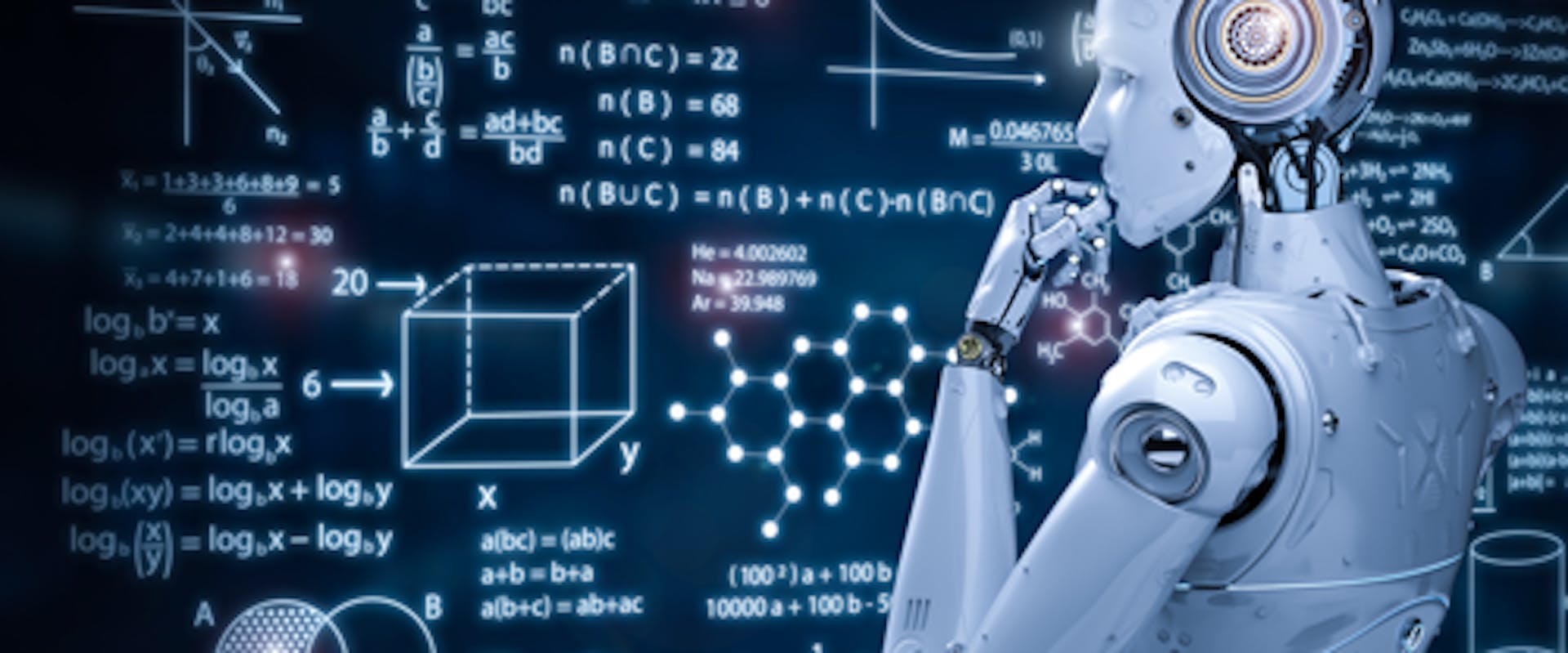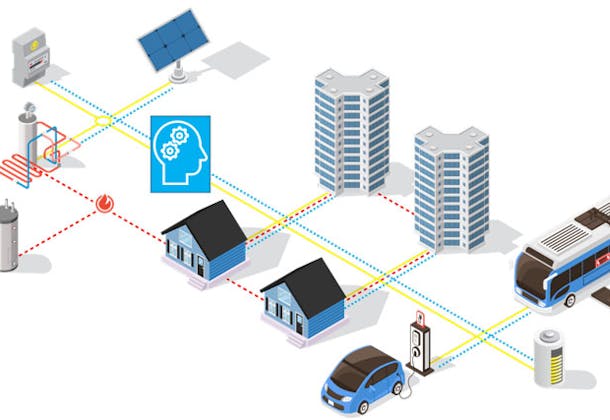September 22, 2020
Pre-trained AI: Enabling smart building energy management systems
Engineers at CSEM have developed a new machine-learning method that paves the way for artificial intelligence to be used in applications that until now have been deemed too sensitive. The method, which has been tested by running simulations on a climate-control system for a 100-room building, is poised to deliver energy savings of around 20%.



